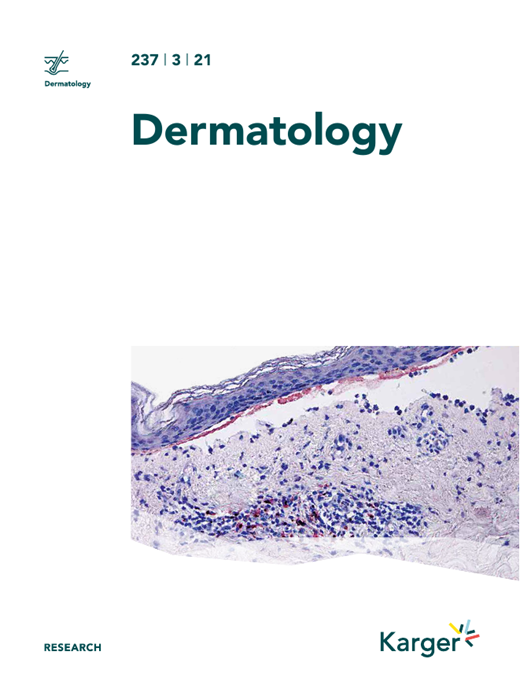I gotta say, there is something just so different about treating OA.
It is not adjuvant breast - where they have no cancer (or microscopic) and you are preventing a recurrence. They may be grateful, but they don't really understand why to be thankful.
A prostate patient is asymptomatic before you treat them, has to come to you for 4-9 weeks daily, they get some mild side effects and then have to see you forever. 80% (more?) would be fine without treatment.
But, someone in pain with QOL issues that gets treated and has relief - man, they just love you.
Add it to your practice - you will have these small victories that add happiness to the world.
(I am feeling particularly "nice" today)



